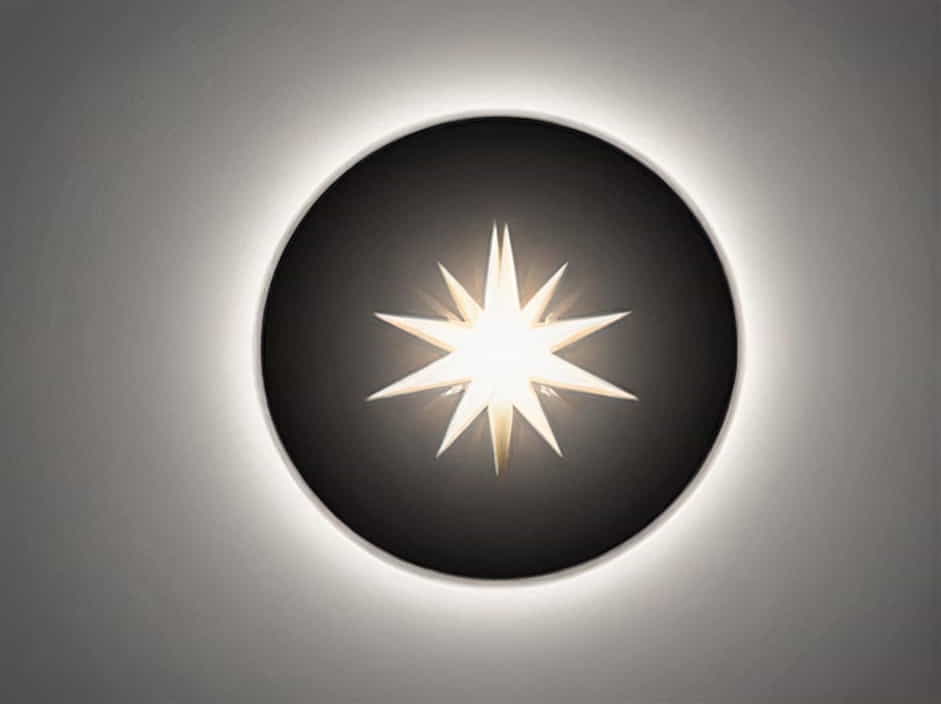Light is a fundamental aspect of physics and everyday life. When rays of light pass through optical elements like lenses and mirrors, they often converge at specific points. These points of convergence play a crucial role in optics, helping us understand image formation, magnification, and focusing mechanisms.
This topic explores the points of convergence for rays of light, their significance in optics, and their applications in science and technology.
What is Convergence of Light Rays?
Definition
Convergence of light rays occurs when multiple light rays travel toward a single point after passing through an optical system. This point is known as the focal point, and it is essential in forming sharp and clear images in devices like cameras, telescopes, and microscopes.
When light rays come together at a specific point, the process is called converging, and the optical system that causes this effect is known as a converging lens or mirror.
Why Do Light Rays Converge?
Light rays converge due to refraction (bending of light) or reflection (bouncing of light). The key reasons for convergence include:
- Refraction in Lenses – Lenses change the direction of light rays, causing them to focus at a single point.
- Reflection in Mirrors – Curved mirrors direct light rays toward a focal point.
- Interference and Diffraction – In special cases, light waves interfere constructively to form focal points.
Focal Points in Optical Systems
1. Focal Point of a Convex Lens
A convex lens (also called a converging lens) bends incoming parallel light rays inward so they meet at a single point called the focal point. The distance from the lens to this focal point is called the focal length.
Key Features of a Convex Lens:
- Parallel rays of light converge at a single focal point on the opposite side of the lens.
- Used in cameras, eyeglasses, microscopes, and magnifying glasses.
- Forms real and inverted images when the object is beyond the focal point.
2. Focal Point of a Concave Lens
A concave lens (also called a diverging lens) causes light rays to spread out. However, if we extend these diverging rays backward, they appear to converge at a virtual focal point.
Key Features of a Concave Lens:
- Rays diverge, but their imaginary extensions meet at a virtual focal point.
- Used in corrective lenses for nearsightedness and laser systems.
- Forms virtual and upright images that are smaller than the object.
3. Focal Point of a Concave Mirror
A concave mirror is a reflecting surface that causes parallel light rays to converge at a focal point in front of the mirror. This type of mirror is used in telescopes, headlights, and shaving mirrors.
Key Features of a Concave Mirror:
- Parallel rays reflect and meet at a real focal point.
- Can produce magnified, real, or virtual images depending on object placement.
- Used in optical instruments and solar concentrators.
4. Focal Point of a Convex Mirror
A convex mirror reflects light outward, causing parallel rays to appear to converge at a virtual focal point behind the mirror.
Key Features of a Convex Mirror:
- Light rays diverge but appear to originate from a virtual focal point.
- Always forms virtual, diminished, and upright images.
- Used in car rearview mirrors and security surveillance systems.
Mathematical Representation of Convergence
Lens Formula
The relationship between object distance ( u ), image distance ( v ), and focal length ( f ) is given by the lens formula:
where:
- f = focal length
- u = object distance
- v = image distance
This equation helps determine where light rays will converge in a lens system.
Mirror Equation
For concave and convex mirrors, the equation is similar:
The sign conventions determine whether the image is real or virtual.
Real vs. Virtual Points of Convergence
Real Convergence
- Occurs when actual rays physically meet at a point.
- Found in convex lenses and concave mirrors.
- Produces real and inverted images that can be projected on a screen.
Virtual Convergence
- Occurs when rays appear to converge but do not physically meet.
- Found in concave lenses and convex mirrors.
- Produces virtual and upright images that cannot be projected.
Applications of Converging Light Rays
1. Cameras and Photography
- Camera lenses focus light onto a sensor, creating sharp images.
- Apertures control how much light converges to form the picture.
2. Telescopes and Binoculars
- Refracting telescopes use convex lenses to gather light and focus it at a point.
- Reflecting telescopes use concave mirrors to focus distant light sources.
3. Microscopes and Magnifying Glasses
- Convex lenses in microscopes focus light on a specimen for detailed observation.
- Magnifying glasses work by converging light rays to enlarge objects.
4. Optical Fiber Communication
- Fiber optics rely on total internal reflection, where light converges and travels efficiently through thin fibers.
- Used in high-speed internet and medical endoscopy.
5. Automotive Headlights and Searchlights
- Concave mirrors focus light into a beam, increasing visibility at night.
- Used in car headlights, projectors, and spotlights.
6. Solar Energy Concentrators
- Parabolic mirrors concentrate sunlight at a single point to generate heat.
- Used in solar power plants and cooking devices.
Key Takeaways
- The point of convergence is where light rays meet after passing through an optical system.
- Convex lenses and concave mirrors create real focal points, while concave lenses and convex mirrors create virtual focal points.
- The lens formula and mirror equation help predict the focal points in optical devices.
- Converging light is essential in cameras, microscopes, telescopes, fiber optics, and solar energy.
The points of convergence for rays of light play a crucial role in optics and imaging technologies. By understanding how lenses and mirrors focus light, we can design efficient optical systems used in science, medicine, engineering, and daily life. Whether it’s a camera, telescope, or solar collector, the principles of light convergence allow us to capture, magnify, and utilize light effectively.
